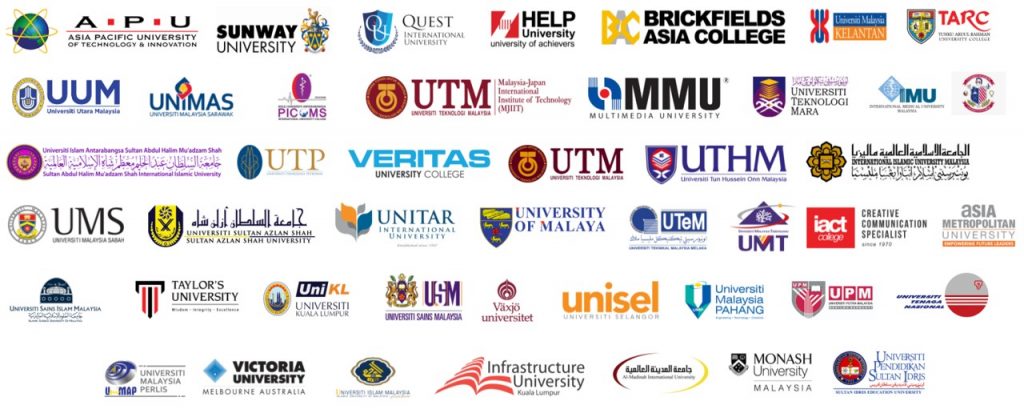MyFinB believes that Artificial intelligence is impacting the future of virtually every industry and every human being, especially in the next 10 years. Artificial intelligence has acted as the main driver of emerging technologies like big data, robotics and IoT, and it will continue to act as a technological innovator now and for the foreseeable future.
To be the global leader in AI-based decisioning systems for organisations while creating positive impact for businesses, people and society in general
To develop strategic partnerships, carry out joint R&D initiatives and educate the community on the positive effects of AI adoption
We love data – we bring it to life with a sense of purpose and goal using Artificial Intelligence technology. We help organisations of all types to co-own AI-based Intellectual Property assets without having to invest heavily in capital expenditure. We believe in making AI technology accessible and affordable for all to benefit people, industries and the general community.
We use AI to attain the following goals:

Help achieve high productivity gains by at least 6x in terms of processing, evaluating and approving applications.

Get more customers and market share via personalised marketing with 360-degree customer profile insights and enhance the ability to cross-sell and upsell financing solutions.

We offering tailor-made advisory services to customers.

Identify compliance risks and potential fraudulent transactions with recommendations and prescriptive measures

Help achieve high productivity gains by at least 6x in terms of processing, evaluating and approving applications.

Get more customers and market share via personalised marketing with 360-degree customer profile insights and enhance the ability to cross-sell and upsell financing solutions.

We offering tailor-made advisory services to customers.

Identify compliance risks and potential fraudulent transactions with recommendations and prescriptive measures
countries being represented
AI Ambassadors
expert systems across stages of development
businesses evaluated in 20 industry groups
senior personnel trained globally
capacity building events organised directly or participation in partners’ events
researchers
research projects
countries being represented
AI Ambassadors
expert systems across stages of development
businesses evaluated in 20 industry groups
senior personnel trained globally
capacity building events organised directly or participation in partners’ events
researchers
research projects
By John P. Desmond, AI Trends Editor The AI stack defined by Carnegie Mellon University is fundamental to the approach being taken by the US Army […]
The simulations matched results from an underground lab experiment in Switzerland, suggesting modeling could be used to validate the safety of […]
In this post, we show how to build a generative AI solution using Amazon Bedrock that creates bespoke holiday packages by combining customer profiles […]
AI adoption in supply chains isn’t about chasing trends. Learn the strategic framework that’s helping leaders build real, lasting impact. Read […]
CIOs are taking over enterprise budgets. By 2030, they’ll control 50% of Fortune 100 spend—driven by AI-led transformation





































































These represent the list of UIP Researchers who submitted their research work for research collaboration. Refer to partial list which is updated periodicallly: https://www.ceaiglobal.com/uip/ai-projects/ (project list)
